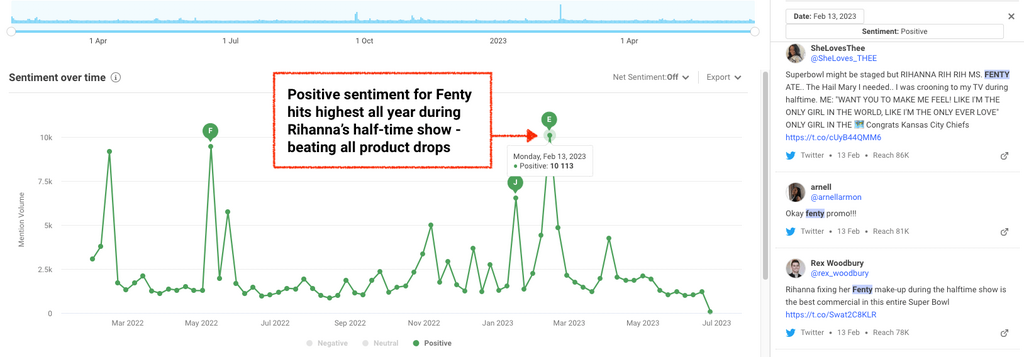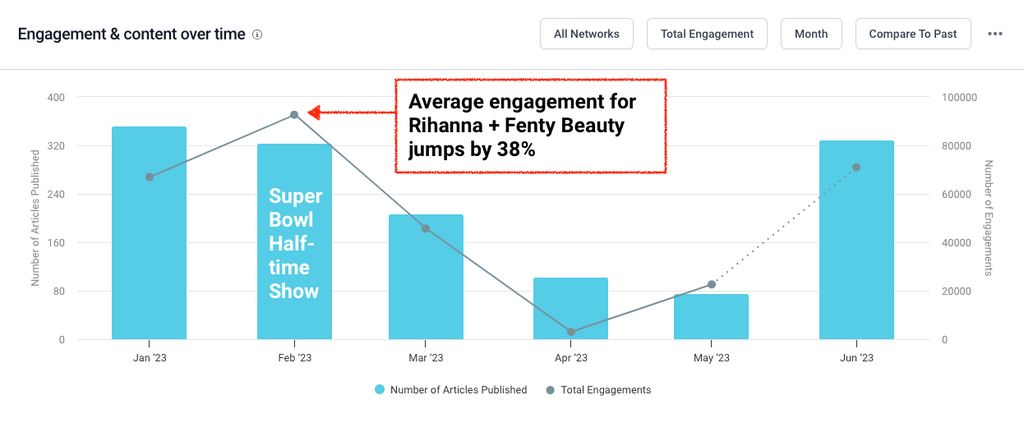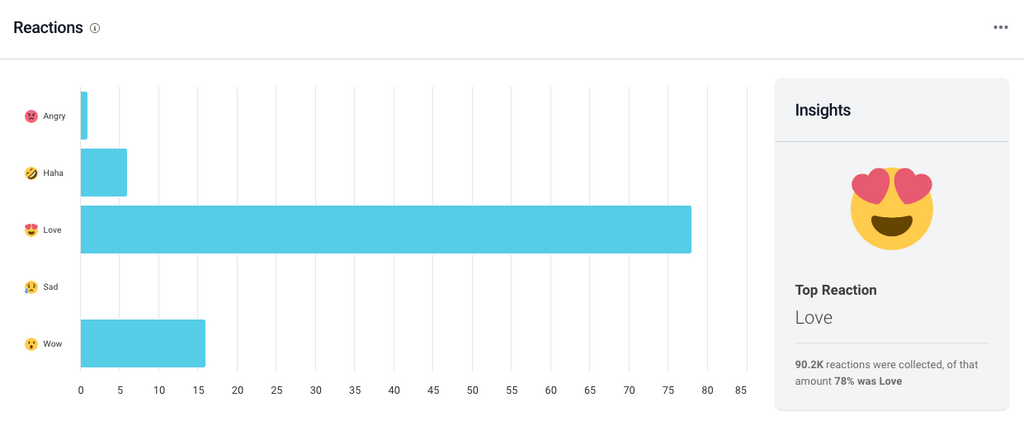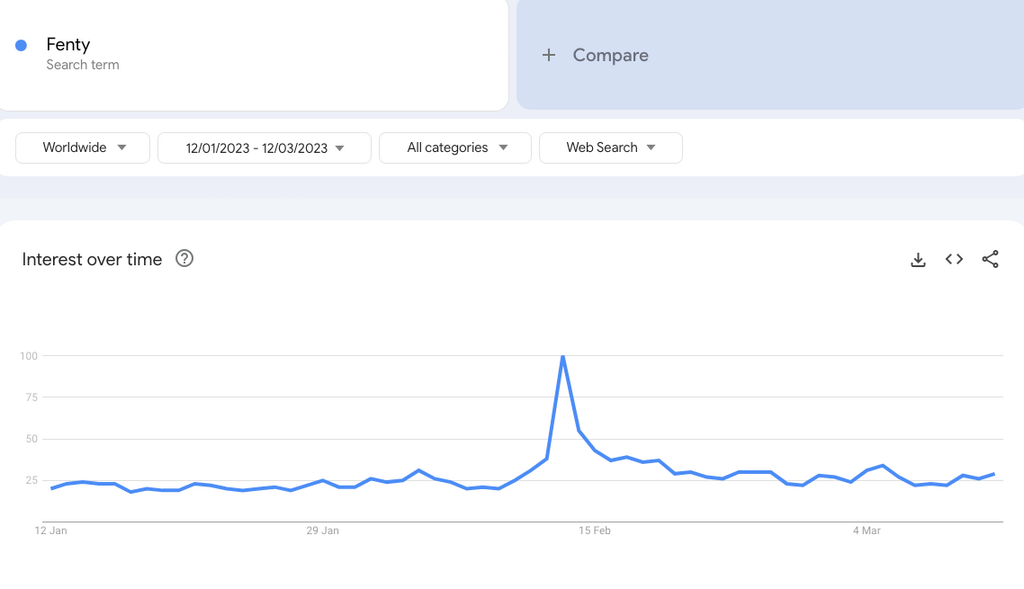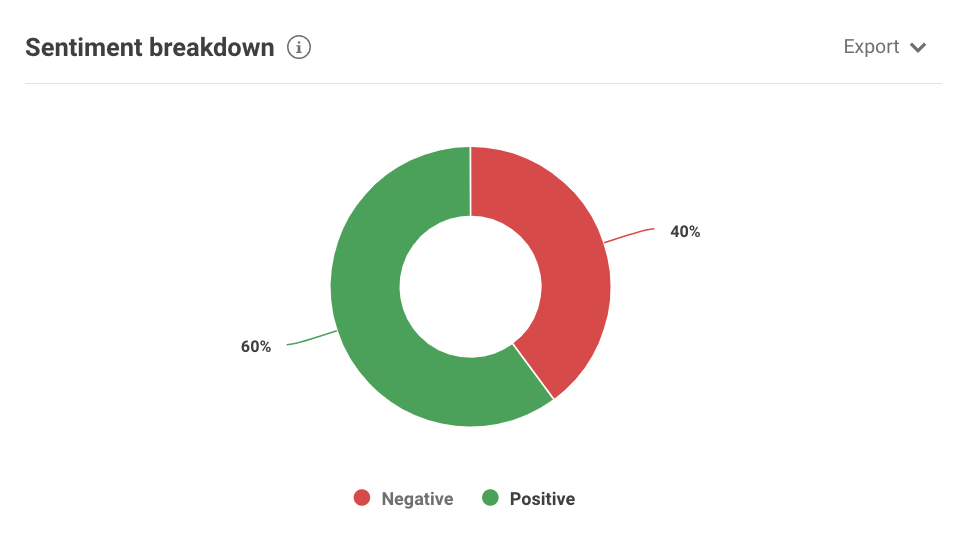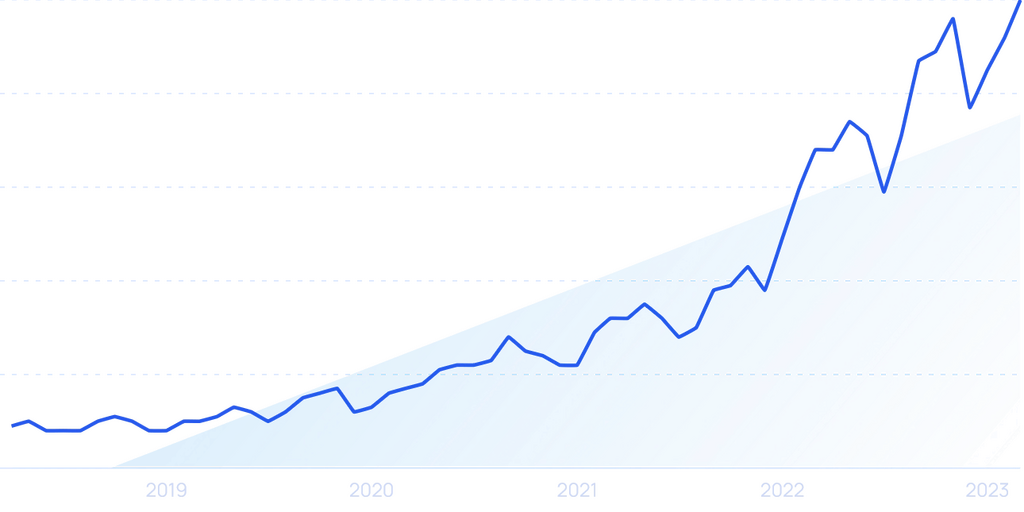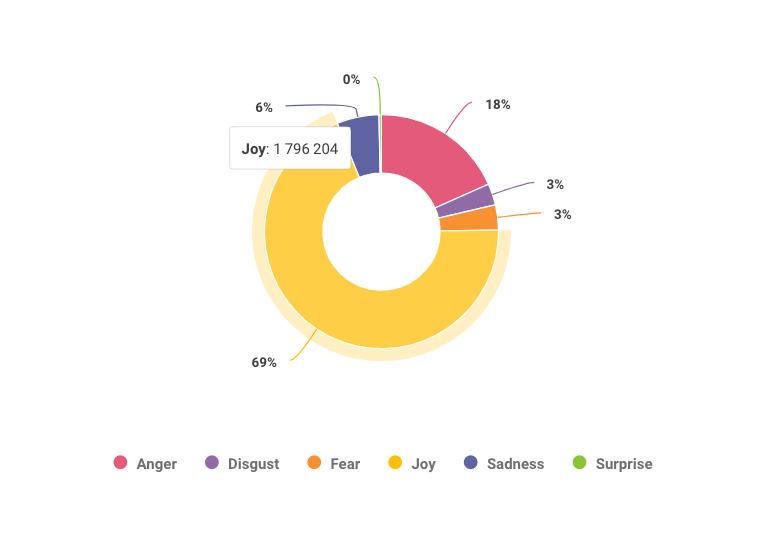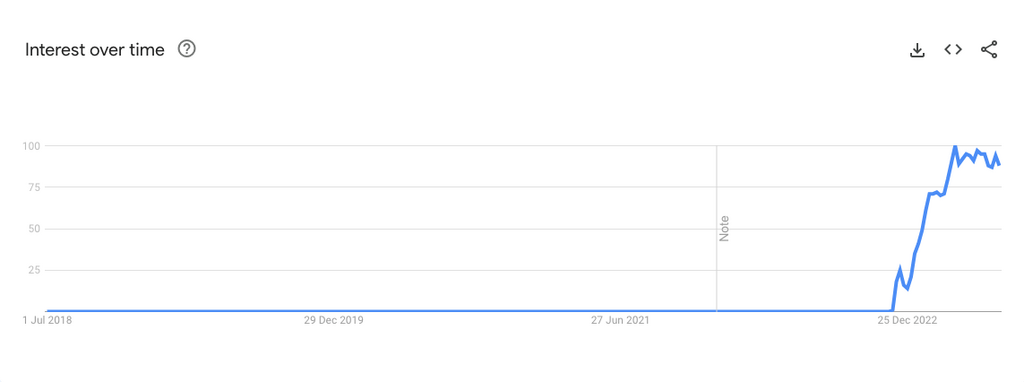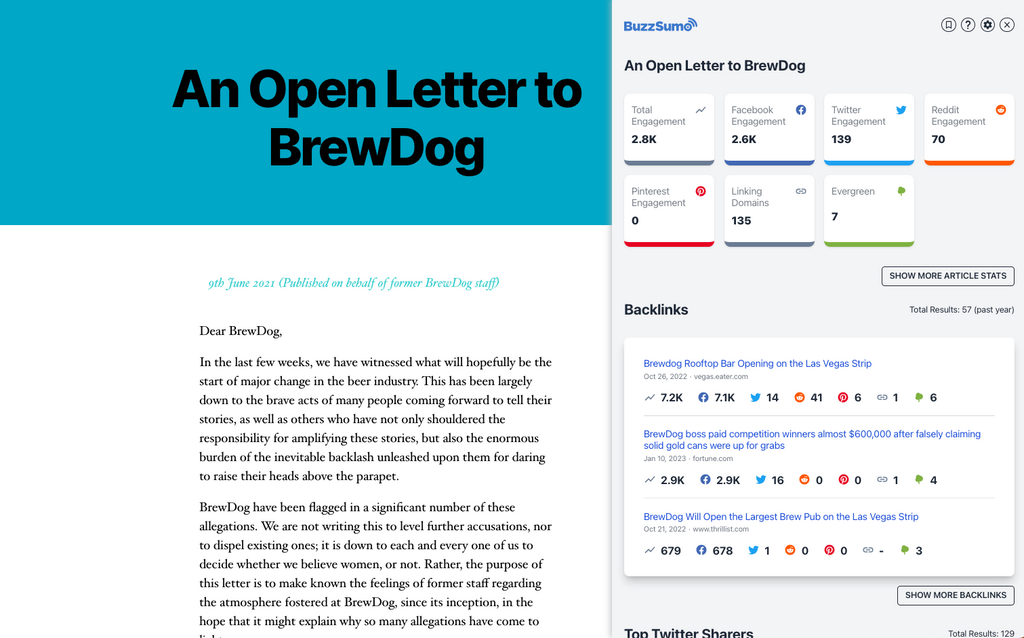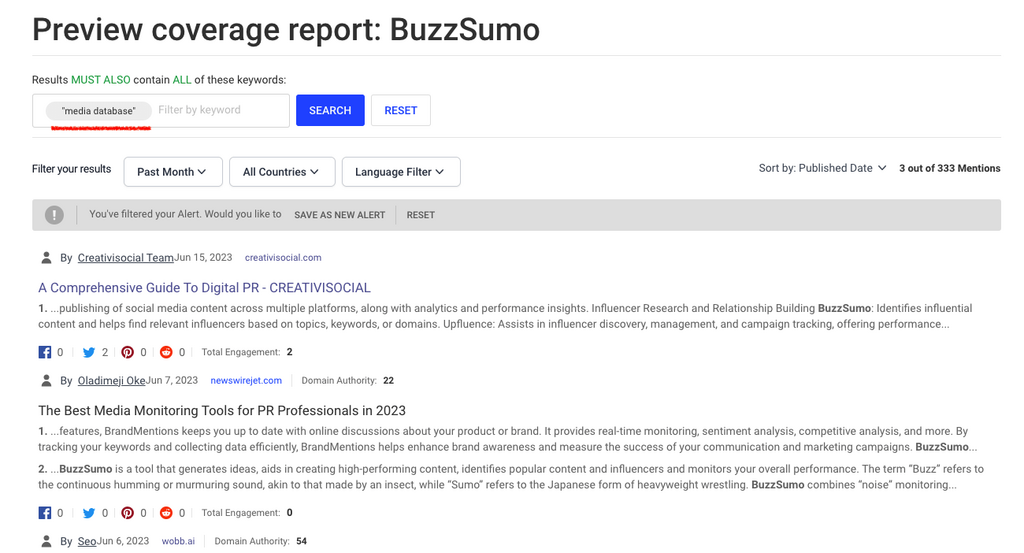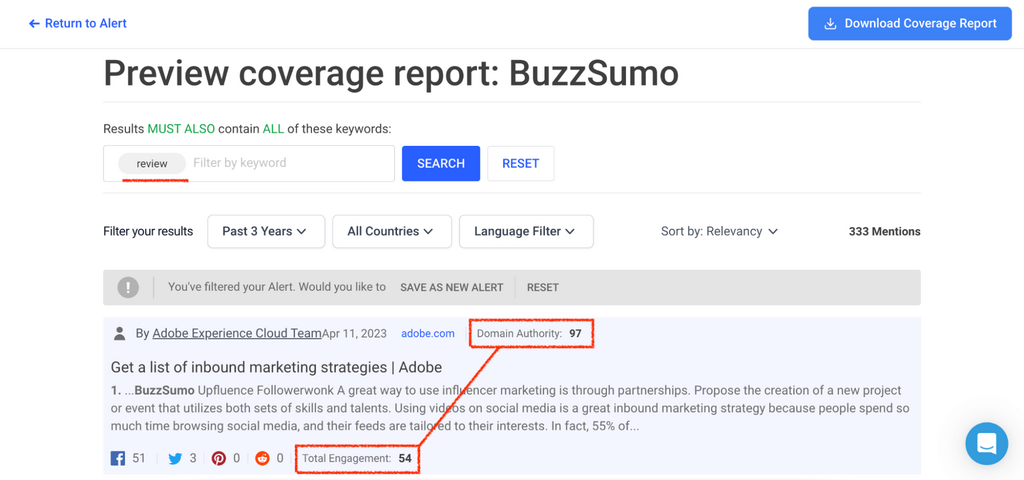In an age where a single tweet can ignite a wildfire of public opinion, building a positive brand reputation has never been more crucial to the success of your business.
But how do you monitor it? How do you protect it? And how do you act when it's under threat?
This post is your ultimate guide to understanding and managing your brand reputation.
We'll delve into:
- What brand reputation really means
- Why it’s important
- How to maintain it
- Examples of brands with a strong reputation
- Examples of companies with a poor reputation
- Common brand reputation mistakes
- How to monitor and protect your brand rep
- How to act when your reputation is on the line
From proactive measures to crisis management, we'll cover it all.
What determines brand reputation?
Brand reputation can be determined by many things:
- Customer perception
- Quality of your product or service
- Online reviews and ratings
- Company stakeholders / corporate culture
- PR and media coverage
- Corporate social responsibility (CSR)
Why is brand reputation important?
Brand reputation is crucial for several reasons:
Trust and credibility
A good reputation builds trust and credibility with your customers, which can lead to increased loyalty and customer retention.
Competitive advantage
A strong reputation can give you a competitive edge, making you the preferred choice over competitors.
Attracts talent
A good reputation can also make your company more attractive to potential employees, helping you attract and retain top talent.
Financial performance
Companies with strong reputations often perform better financially, as customers are more likely to purchase from brands they trust and respect.
How do you maintain a good brand reputation?
Deliver quality
Meet and exceed customer expectations with a quality product or service.
Excellent customer service
Resolve issues promptly and keep customers satisfied.
Manage online feedback, mentions, and reviews
Monitor and respond instantly to all online mentions, both positive and negative. If there’s an issue, try the READ method:
- Respond: You may not always be able to resolve instantly, but you can respond asap to keep customers in the loop.
- Empathize: Even if there doesn’t look to be an issue from your end, always empathize with the customer’s situation – eg. “I’m sorry to hear you’ve had trouble logging in”.
- Act: Clearly demonstrate to the customer that you’re taking action. For example, “We are looking into this issue right now. Thank you for your patience.”
- DM: Encourage customers to take the conversation off of the public forum. This gives you the opportunity to get more information to resolve any issues, and mitigate any damaging effects on your brand reputation.
Transparent communication
Be transparent and honest in your communication with customers, employees, and stakeholders.
CSR initiatives
Work with leadership teams to define what you want your brand to authentically stand for. Don’t pay lip service to CSR. That’s a sure fire way to ruin your brand reputation. If you can’t legitimately support an important cause, then don’t do so at all.
Examples of brands with a strong reputation
Your brand reputation can be built over time, or crushed overnight.
Here are some examples of brands that have built a stellar reputation, either proactively or reactively.
- Fenty Beauty
- Content King
- Lucy & Yak
- Canva
- OpenAI – ChatGPT
- Siteground
1. Fenty Beauty
Positive brand reputation: Built over time AND earned overnight
Reason: Company stakeholder actions & PR and media coverage
Rihanna is the CEO of Fenty Beauty, and has been praised over the years for developing a diverse and inclusive range of products – from lingerie for women of all sizes, to foundation for all skin shades.
Fenty Beauty has accrued positive brand recognition as a result, but a breakthrough moment for the brand’s reputation came when key stakeholder, Rihanna, performed at the Super Bowl.
During her performance, Rihanna paused to fix her makeup using a Fenty Beauty compact mirror and powder puff, in a form of playful product placement.
The stunt racked up 324 headlines and 93K engagements for “Rihanna” + “Fenty”, according to BuzzSumo’s Content Analyzer – that’s 38% more headline engagement than average.
Love reactions to the news also reached 75% on Facebook – which tops the brands average of 68% in the year leading up to the event.
And, according to Amanda Natividad from SparkToro, searches for Savage X Fenty were up 800%
Rihanna wasn't paid for the Super Bowl halftime show.
— Amanda Natividad (@amandanat) February 15, 2023
But she's all over the headlines and searches for Fenty are up 800%+.
There's clear value in at least some types of free work.
What's the "Super Bowl" equivalent in your industry? When is unpaid work worth it to you?
2. Content King
Positive brand reputation: Built over time
Reason: Impeccable customer service
We'll be honest. This one is on here because we personally use and LOVE this tool.
It is super intuitive and helps us to jump on and resolve site issues in no time – but the icing on the cake really is the customer support.
Ask any query, and you'll get an instant response with detailed responses, and screenshot tutorials from the awesome Content King team.
And, just to be clear, this is not an ad.
We just really want to call them out for their awesome team and product which has saved our bacon on more than a few occasions!
But it's not just us who love CK – check out the near-perfect review scores across the board on just about all the review platforms you can think of...
3. Lucy & Yak
Positive brand reputation: Built over time
Reason: Good CSR
Lucy & Yak are a British based clothing company that have built up a loyal and enthusiastic following since 2017.
They specialize in creating colorful overall designs using sustainable, recycled fabrics.
Lucy & Yak have a long list of CSR initiatives which they live by, including:
Fair pay: Their UK teams earn the living wage and their India teams earn 3x the state minimum wage for garment workers.
Fair work: Their UK teams work 30 hours per week, 4 days a week.
Climate solutions: They invest in projects that remove more greenhouse gasses than their own carbon footprint, and have planted 25k+ treeds.
Circularity: The have a “Re-Yak” buyback scheme which encourages customers to return or recycle their L&K clothing.
Organic materials: They use organic cotton and leftover factory materials and harmless dyes to make their clothing.
LGBTQIA+ support: The company continually gives a platform to members of the LQBTQIA+ community on social media. They have also supported queer artists from around the globe to create a collection of limited edition designs, and donated profits to the development of the first ever BQTG app.
And their commitment to CSR issues has helped them to achieve an overwhelmingly positive brand reputation, if you’ll believe the sentiment of their social media mentions.
Their positive brand reputation is reflected in online discussion surrounding the brand…
3. Canva
Positive brand reputation: Built over time
Reason: Quality product & customer perception
Since 2012, Canva has grown into a $5+ billion company. It’s been mentioned fondly by at least 600K people across the web this …
…and has empowered millions of people to create professional looking design assets – even when those people have zero design skills to speak of (🙋🏻♀️ guilty)
Go to Product Hunt and you’ll find 450+ reviews of Canva – an overwhelming amount of which are positive (4.8 / 5 ).
And Exploding Topics shows Canva’s brand has been snowballing over time, now reaching 1,011% growth.
Taking a look at Brandwatch Consumer Research over the past five years, we can see that mentions of Canva across social media spark Joy 69% of the time.
And BuzzSumo shows 78% love for Canva based headlines over the same time period.
If you have a truly unique product or service, follow in the footsteps of Canva, and build your brand around it.
When Canva was first born, the Canva team created a waitlist based community of early adopters, which grew to 150K members.
These early adopters became a form of organic advertising for Canva. They spoke about it on social media and shared their designs with their network.
Canva also invested heavily in SEO, and aligned itself with a well-loved tech influencer Guy Kawasaki, which resulted in it tripling its users in just a few months.
4. OpenAI - ChatGPT
Positive brand reputation: Earned overnight
Reason: Quality of product/service
OpenAI released ChatGPT to the world in November 2022, and upended every industry in the process.
It has since earned its brand reputation as a disruptor that has advanced AI beyond all recognition.
This positive brand recognition developed over night and was truly product-led.
5. Siteground
Positive brand reputation: Built over time
Reason: Online reviews and ratings
Siteground is a web hosting provider that has earned a dazzling brand rep by delighting its customers with its brilliant service.
With 12,000+ reviews on TrustPilot earning an average of 4.7 stars out of 5, Siteground is one of the most highly rated players in the tech space, and has earned its status as a brand with a sparkling reputation.
Over 600 of its TrustPilot reviews positively mention Siteground’s impeccable customer service.
Examples of companies with poor brand reputation
- Brewdog
- Scribd
- Burberry
1. Twitter
Negative brand reputation: Earned overnight
Reason: Company stakeholder actions
One of the most noteworthy examples of a brand that has earned a poor rep in recent years is Twitter.
Since it's takeover:
- Twitter has seen a 500% uplift in racist language
- Over 3.4K jobs have been cut
- The board of directors and other senior leadership have been let go
- Twitter's value has dropped by almost two-thirds
- The blue subscription offering led to impersonations of major brands, in some cases impacting share prices. Eli Lilly, a major pharmaceutical company which produces and sells insulin (at a price mark-up of up to 1,600%, might I add), saw a 2% drop in shares, when an impersonator falsely announced that insulin was free for everyone. That 2% equated to billions of dollars…
As we saw with Rihanna and Fenty Beauty, a key stakeholder can make or break a brand’s reputation.
2. Brewdog
Negative brand reputation: Built over time
Reason: Company stakeholder(s) actions / corporate culture & PR and media coverage
A brand that has consistently earned a poor reputation over the years is Brewdog.
It has made the news numerous times for all kinds of reasons…
From inappropriate behavior and unjust company decisions, to law-breaking activity, Brewdog has certainly earned a reputation.
Its former staff even went so far as to write an open letter, calling the company out on its toxic culture and fake CSR initiatives.
To avoid Brewdog’s mistakes, your brand needs to be sincere in its initiatives and led by a figurehead that prioritizes the welfare of their employees.
3. Scribd
Negative brand reputation: Built over time
Reason: Poor customer service
The book subscription service Scribd has earned a poor brand reputation for customer service, if you’ll believe Trustpilot. 72% of its 3,170 reviews are 1 star.
Many customers complain about being charged for an ongoing subscription, and not receiving the service.
If you make promises your product or service can’t support / deliver, this is a sure fire way to drag down the reputation of your brand.
4. Burberry
Negative brand reputation: Built over time
Reason: Poor CSR and product decisions
Although still loved by many, Burberry has built a questionable reputation through its poor CSR and product decisions.
In 2018, the BBC reported that Burberry has burnt $90M of stock to prevent its items from being stolen or sold cheaply.
Ironically, a decision made to preserve and uphold the brand, had the opposite effect.
Burberry also came under scrutiny again in 2019 after creating a hoodie with a ‘Noose’ like design.
Headlines surrounding Burberry’s brand crises have led to 1,036,734 engagements over the last 5 years – that’s 23% of its entire social engagement over that same time period.
Common brand reputation mistakes
- Ignoring customer feedback
- Inconsistent branding
- Poor crisis management
- Ignoring online reviews and mentions
- Product or service issues
- Lack of transparency
- Failing to deliver on your brand promise
- Ignoring employee satisfaction
- Not adapting to change
How to improve your brand reputation
Double-down on the thing you stand for
Is it having an incomparable product? Maybe it's your impeccable customer service? Or perhaps it’s your commitment to sharing your journey with your customers. If you are clear about your strengths, you will be able to zero-in on activities that help to build your brand’s positive reputation in that area.
Get people talking about the thing you stand for
Can you find a community that raves about your brand? If not, take a leaf out of Canva’s book and create one.
Rise at Seven pulls out all the stops to ensure brand awareness.
They seed client products to groups of influencers on TikTok pre-pitch, and encourage them to review. This gives them the opportunity to approach a journalist about a new, viral “TikTok made me buy it trend”, which is a story that’s far more likely to earn coverage. The reputation of the client is enhanced by association.
Create your own positive PR
If your brand rep is more about your commitment to employee wellbeing, and you advocate for four day work weeks, pitch that as a story – maybe you even have a survey and testimonials of employee satisfaction to back up your initiative.
Positive PR can go a long way when it comes to enhancing your brand in the eyes of its audience.
How to monitor and protect your brand rep
Protecting your brand reputation is best done proactively.
Take a look at the common brand reputation mistakes above.
Do you have processes and metrics / goals in place to ensure those problems don’t take root?
If you don’t, consider setting up discussions between teams to define those.
Another proactive step you can take is to set up keyword alerts for topics that often determine your brand reputation – ie.
Product or service based keyword alerts
We filter our brand Alert in our Coverage Report to find mentions of our journalist database product.
Company stakeholders
We also have Alerts set up for the names of our founders and execs.
PR and media coverage
Set up Alerts for things you want your brand to be known for (ie. top tech product) and find the journalists and outlets writing about those topics – then pitch and publicize your own brand.
Corporate social responsibility (CSR)
Set up Alerts for your company values, and get inspiration from other brands, and what they are doing to raise their CSR profile.
Customer sentiment based keyword alerts
We have an Alert set up for mentions of BuzzSumo + the words “Not good” or “Not great” etc.
You need to have oversight of all the possible ways that your reputation could be harmed.
At BuzzSumo, we have Brand Alerts set up within our monitoring tool to notify us of any user reviews.
We set up an overarching Brand Alert, and then get specific with sentiment-based phrases that will pull up positive or negative mentions.
We’ve built these Alerts into our daily workflow via email and Slack, so we can act with immediacy if any issues arise.
We also search our own brand Alert for “Reviews” via the Coverage Report, and pay close attention to their engagement and domain authority.
This helps us to prioritize the reviews that have the widest reach.
With this information we decide if the review requires a response, and document feedback for sharing with Product – or any other relevant team.
We also use Brandwatch to keep track of mentions, should our customers raise any problems via social media.
And we use Intercom for a direct line to our customers, which we’ve also embedded into our day-to-day via Slack. Any trouble, and we’re on it.
How to act when your reputation is on the line
1. Rally your crisis team
2. Make the rest of the company aware
3. Acknowledge the situation straight away
4. Draft your detailed statement
5. Get sign-off
6. Decide who needs to receive direct comms
7. Publish your statement
Check out the full details of this process via our ultimate guide to crisis management and response.
In a world where your brand's reputation can shift as quickly as the tide, staying ahead of the curve is not just an option — it's a necessity.
To monitor the sentiment of your social mentions, you can check out Brandwatch here, or use BuzzSumo to monitor your brand in real-time, and research audience reactions towards content surrounding your brand. Grab your free 30-day trial.
Categories
Digital PRCategories
Digital PRThe Monthly Buzz⚡
Subscribe to BuzzSumo's monthly newsletter to:
Stay up-to-date with the best of the best in content marketing 📝
Get data-informed content, tips and tidbits insights first 👩🏻💻
Read top shared content by top marketing geeks 🤓
Try
Enter any topic, term or url to search to see BuzzSumo in action. It’s free!
100% free. No credit card required.
